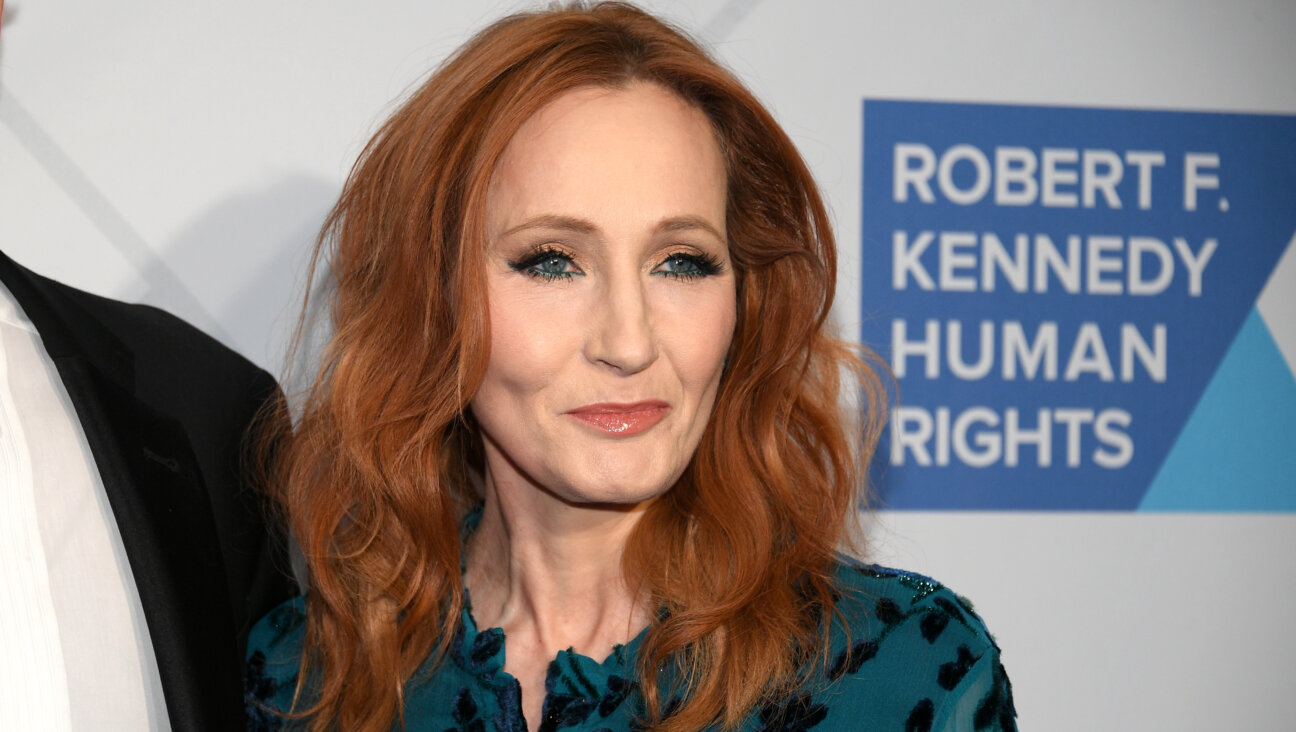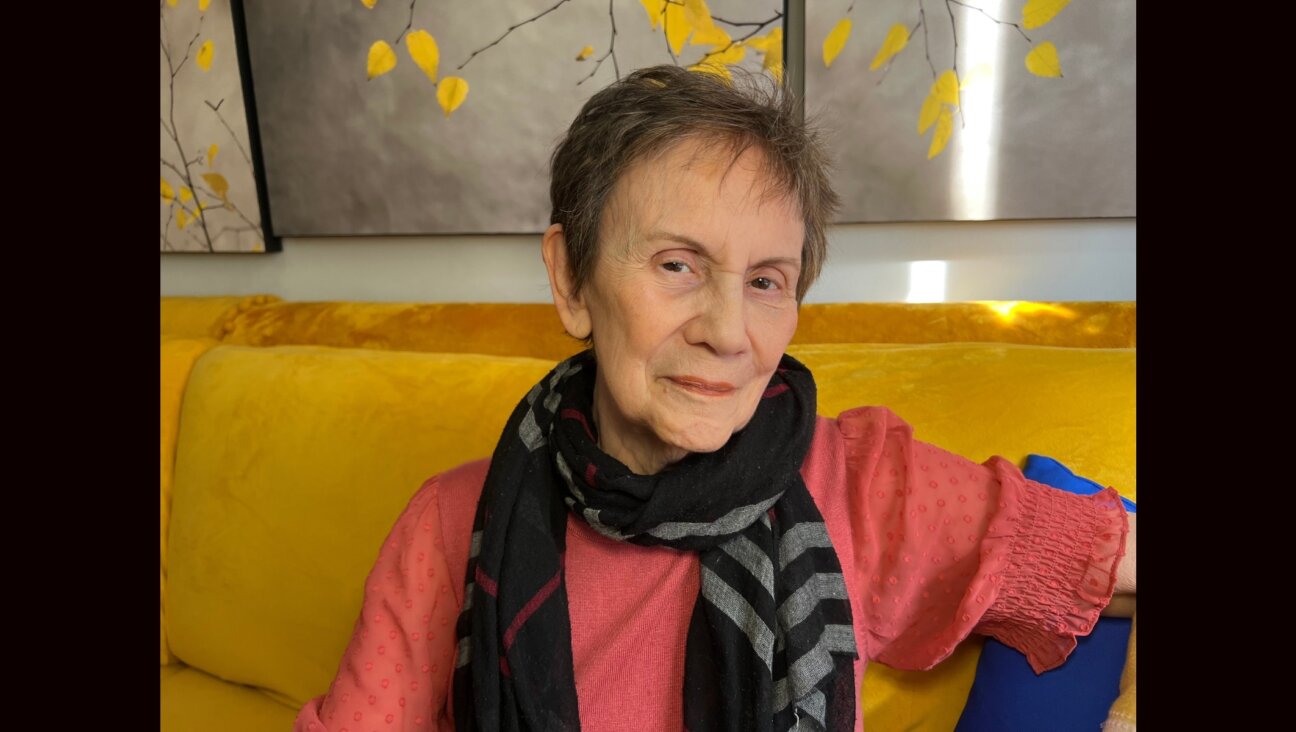A Mosaic of Jewish Music in America
The old Woody Allen joke about a book of great Jewish athletes — it’s more of a pamphlet, really — wouldn’t work with great Jewish composers. So when pianists Joel Sachs and Cheryl Seltzer, co-directors of the new music ensemble CONTINUUM, decided to present a program of works by modern American Jewish composers last month at the Kane Street Synagogue in Brooklyn, their main problem was probably a simple one: How to choose?
From Bloch to Babbitt to Bernstein (take your pick: Leonard or Elmer), Jewish composers have contributed mightily to modern American musical culture. Some of their music has been distinctly Jewish in character, though that character has tended to change over time, as successive waves of German, Eastern European and Sephardic immigrants have lent their voices to the American musical landscape. And some of their music has not been recognizably Jewish at all, but was simply composed by people who just happened to be Jewish Both kinds were represented at the CONTINUUM concert, with the first half consisting of works replete with Jewish references, and the second comprising works that lacked even the merest hint of such. The program also captured the polyglot nature of the American Jewish community, with works by native-born Americans as well as imports from Germany, Argentina and France.
Of the internationalists, Osvaldo Golijov, who came to the United States by way of Argentina and Israel, is by far the most currently hyped, having been the subject of a month-long celebration at Lincoln Center this past January. Golijov’s panoramic style, which embraces klezmer, Jewish liturgical music and Argentinean tango, is a prime exemplar of the growing eclecticism of contemporary art music in general. But the composer’s Yiddishbbuk, a work in three movements for string quartet inspired by a collection of psalms, is distinctly unified in conception. The first movement is dedicated to the memory of three children interned at the Terezin concentration camp, the second and third to the memories of Isaac Bashevis Singer and Leonard Bernstein, respectively; yet all three share an almost unbearable intensity. In the second movement, Golijov’s keening upper-register melodies evoke the sound of a ghostly choir, punctuated by forceful pizzicatos; in the third, he conjures a tissue of prolonged dissonances, achingly slow glissandi and whispered asides, all tautly delivered at Kane Street by violinists Renée Jolles and Airi Yoshioka, violist Stephanie Griffin and cellist Kristina Reiko Cooper. Even the spring sunlight filtering through the synagogue’s brilliantly colored stained-glass windows couldn’t counter the elegiac pall cast by the music.
Paul Schoenfeld’s “Trio,” however, could. Each of the piece’s four movements is based on an Eastern European melody, and the opening, “Freylakh,” wouldn’t be entirely out of place at a Hasidic wedding. Swirling Romantic episodes alternated with klezmerish ornaments in the violin and clarinet parts, exuberantly rendered by Jolles and by clarinetist Moran Katz. Katz’s woody chalumeau register also lent depth and a hint of menace to the sinister, lurching “March” and the slow, fantasia-like “Nigun.”
At intermission, composers Samuel Adler and Ursula Mamlok spoke about their experiences fleeing Nazi Germany. Both left the country in 1939, though Mamlok’s journey to the United States included a stop in Ecuador. Adler began his professional career as music director of a Dallas synagogue; his “Song of Songs,” which made its stateside premiere at the recital, is one of many works that reflect his immersion in Jewish liturgical music. Mamlok’s “Rhapsody,” on the other hand, is straight-up, secular chamber music, a self-contained world of spiky dissonances and motivic figures traded between viola and piano. Like Morton Feldman’s “Piano Four Hands,” a meditation on individual tones and fractured intervals delivered by Sachs and Seltzer, “Rhapsody” speaks not to the Jewishness of its creator but to her musical inventiveness, a quality that knows no particular ethnicity.
On that note, Darius Milhaud’s “Quintet No. 1” provided a fitting conclusion. A French émigré who came to the United States in 1940, bringing with him a style that fused European art music with hints of jazz and South American rhythm, Milhaud was an early-model Golijov who assimilated everything that caught his fancy. Seltzer, who studied with the composer during his tenure at Mills College in California, told a few glowing anecdotes about Milhaud before sitting down at the piano, where she invested his sparkling rhythms and fulgent melodies with all the passion of a true believer.
Alexander Gelfand is a writer and musician living in New York.
The Forward is free to read, but it isn’t free to produce

I hope you appreciated this article. Before you go, I’d like to ask you to please support the Forward.
Now more than ever, American Jews need independent news they can trust, with reporting driven by truth, not ideology. We serve you, not any ideological agenda.
At a time when other newsrooms are closing or cutting back, the Forward has removed its paywall and invested additional resources to report on the ground from Israel and around the U.S. on the impact of the war, rising antisemitism and polarized discourse.
This is a great time to support independent Jewish journalism you rely on. Make a gift today!
— Rachel Fishman Feddersen, Publisher and CEO
Support our mission to tell the Jewish story fully and fairly.
Most Popular
- 1
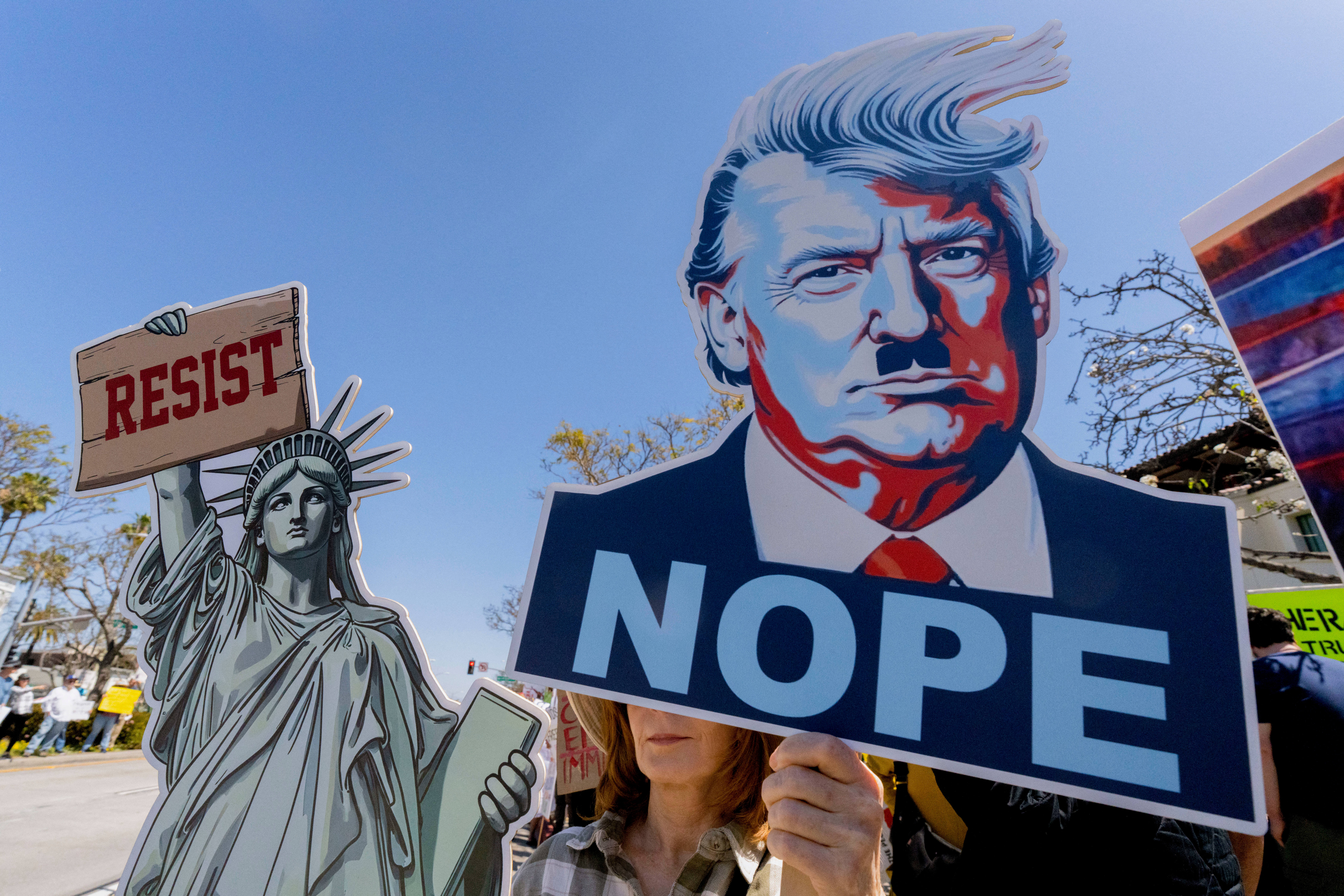
Opinion The dangerous Nazi legend behind Trump’s ruthless grab for power
- 2
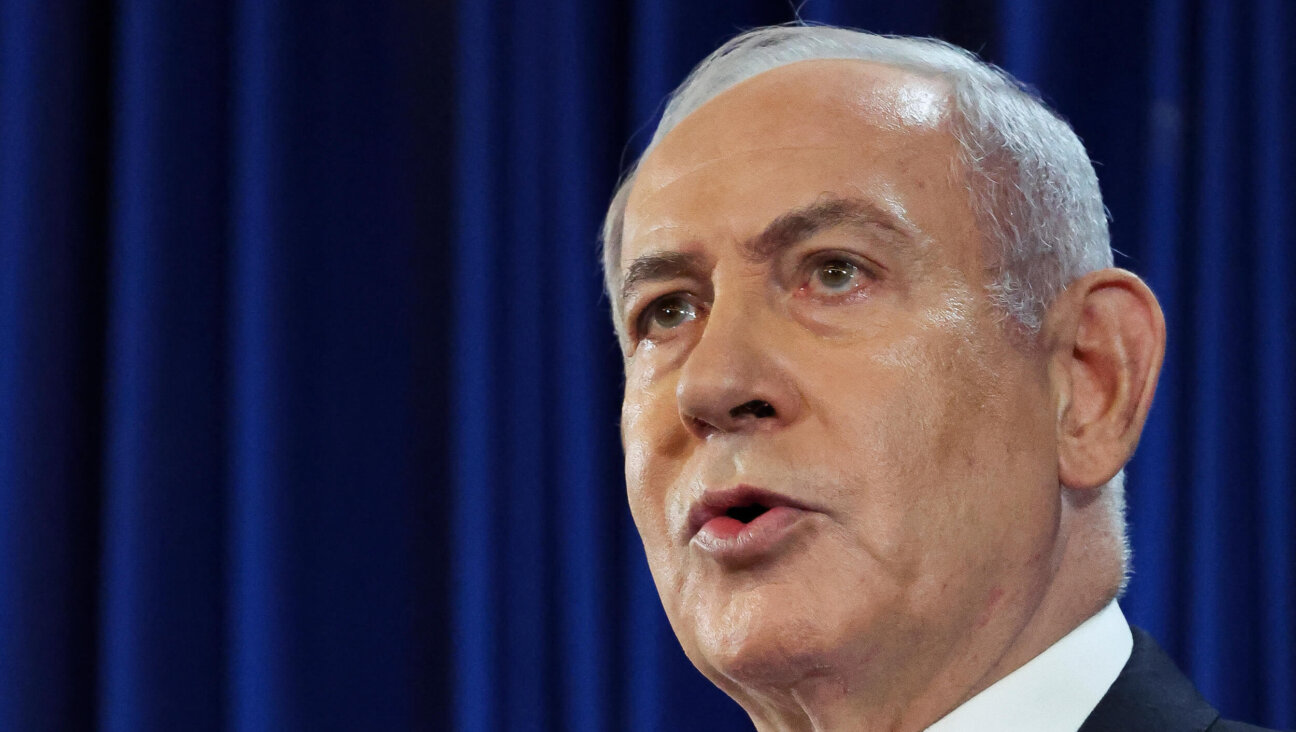
Opinion I first met Netanyahu in 1988. Here’s how he became the most destructive leader in Israel’s history.
- 3

Opinion Yes, the attack on Gov. Shapiro was antisemitic. Here’s what the left should learn from it
- 4

News Who is Alan Garber, the Jewish Harvard president who stood up to Trump over antisemitism?
In Case You Missed It
-
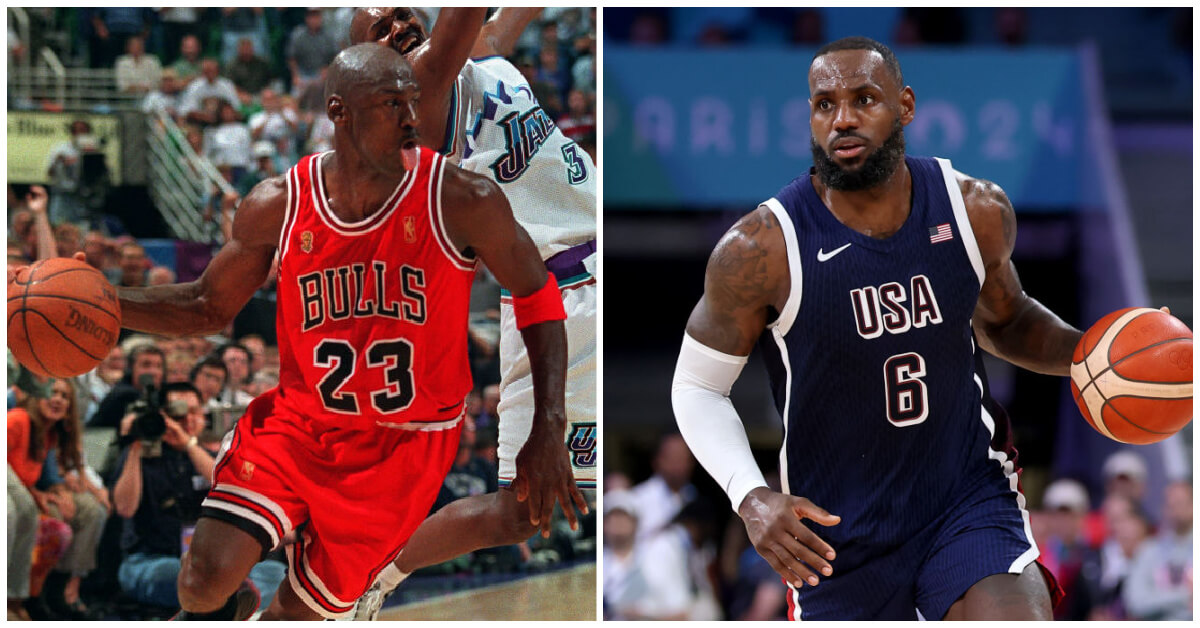
Culture Einstein or Edison? Jordan or LeBron? A rabbi explains why Jews debate who is greatest
-
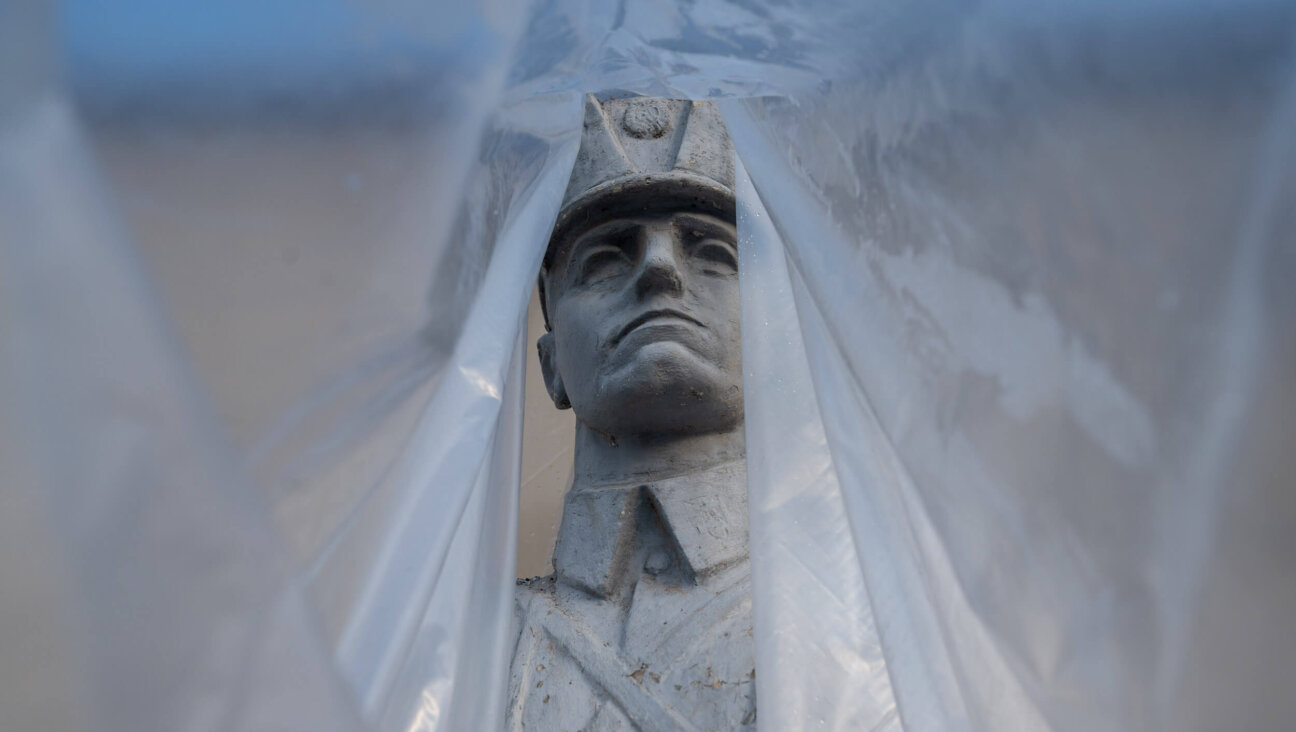
Opinion A Holocaust perpetrator was just celebrated on U.S. soil. I think I know why no one objected
-
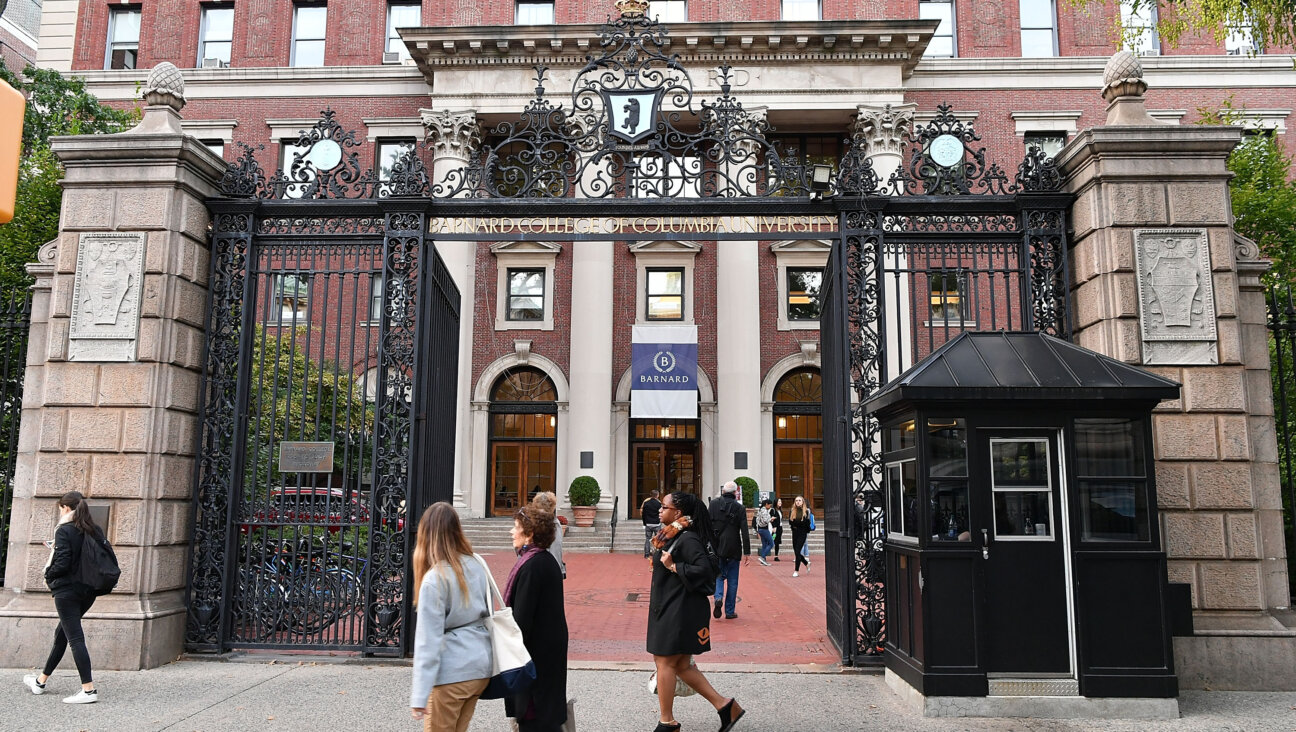
Fast Forward Columbia staff receive texts asking if they’re Jewish, as government hunts antisemitic harassment on campus
-
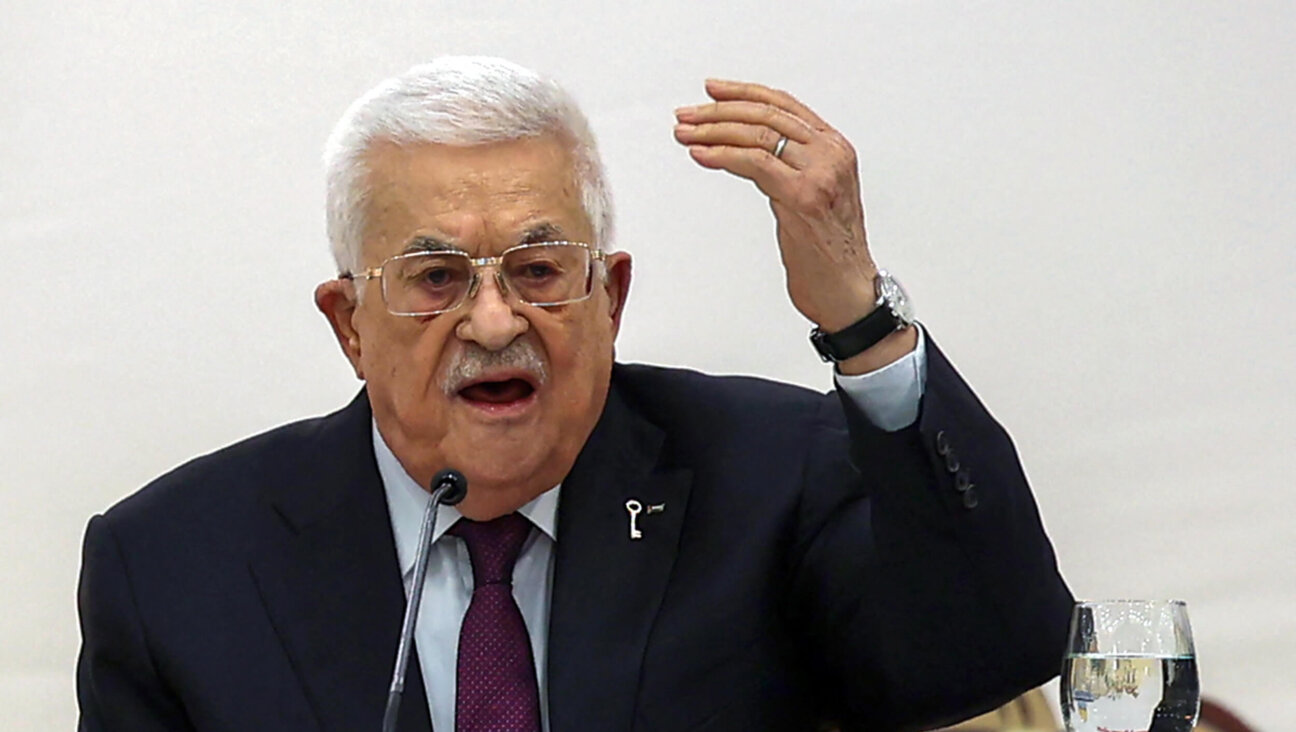
Opinion A Palestinian leader just gave Trump an unprecedented opening to pursue peace
-
Shop the Forward Store
100% of profits support our journalism
Republish This Story
Please read before republishing
We’re happy to make this story available to republish for free, unless it originated with JTA, Haaretz or another publication (as indicated on the article) and as long as you follow our guidelines.
You must comply with the following:
- Credit the Forward
- Retain our pixel
- Preserve our canonical link in Google search
- Add a noindex tag in Google search
See our full guidelines for more information, and this guide for detail about canonical URLs.
To republish, copy the HTML by clicking on the yellow button to the right; it includes our tracking pixel, all paragraph styles and hyperlinks, the author byline and credit to the Forward. It does not include images; to avoid copyright violations, you must add them manually, following our guidelines. Please email us at [email protected], subject line “republish,” with any questions or to let us know what stories you’re picking up.








